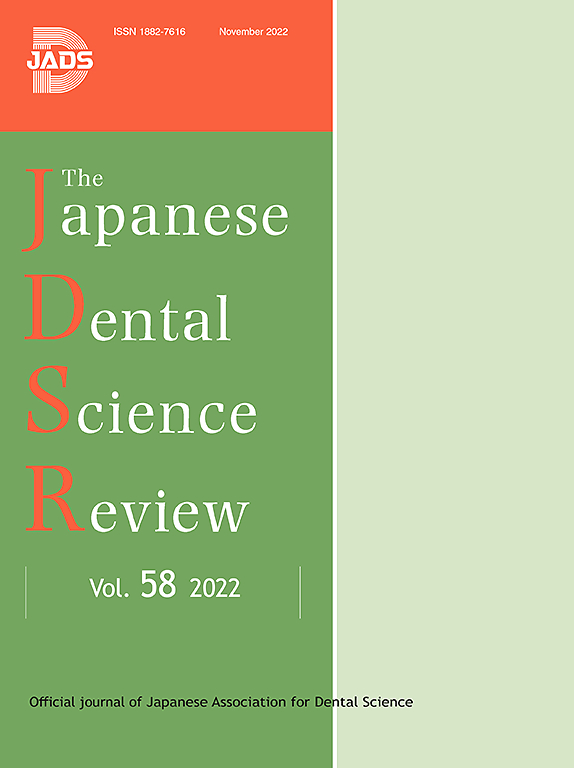牙科本科学生的学习风格:系统回顾
IF 6.6
2区 医学
Q1 DENTISTRY, ORAL SURGERY & MEDICINE
引用次数: 0
摘要
目的评估牙科本科学生学习风格(LS)的流行情况,方法采用cochrane手册方法学和PRISMA量表。检索了四个数据库,并根据入选标准选择了研究。搜索策略是学习风格和牙科以及学习风格和牙科学生。结果共纳入30篇文献,其中17篇采用视觉、听觉、读写和动觉量表(VARK), 8篇采用Kolb LS量表(LSI), 3篇采用Honey-Alonso问卷(CHAEA), 3篇采用Felder and Solomon LS指数(ILS)。使我们能够提取所有必要数据以计算每种工具的全球百分比的研究被分组在一起。VARK、LSI、CHAEA和ILS的学习风格数量和百分比分别为:多模态1089(50.4 %)、发散型518(32.7 %)、反射型239(46.7 %)、主动型107(64.8 %)、敏感型130(78.8 %)、视觉型138(83.6 %)和顺序型106(64.3 %)。结论临床生多模态、发散性和反思性LS倾向增加,而初学和临床预科生倾向于单模态、收敛性和理论性LS。这种动态在LS可能会受到临床前和临床课程中使用的不同方法策略的影响。本文章由计算机程序翻译,如有差异,请以英文原文为准。
Learning Styles in undergraduate dentistry students: A systematic review
Objective
To evaluate the prevalence of Learning Styles (LS) among undergraduate dentistry students (UDS),
Method
Cochrane manual’s methodology and PRISMA statement were used. Four databases were searched, and the studies were selected based on eligibility criteria. The search strategy was Learning Style AND Dentistry and Learning Style AND dental student.
Results
A total of 30 articles were included, 17 of which used the Visual, Aural, Read-write and Kinesthetic (VARK) questionnaire, 8 the Kolb LS Inventory (LSI), 3 the Honey-Alonso questionnaire (CHAEA) and 3 the Felder and Solomon LS index (ILS). The studies that allowed us to extract all the necessary data to calculate the global percentages for each instrument were grouped together. For VARK, LSI, CHAEA and ILS the highest number and percentage of learning styles were 1089 (50.4 %) multimodal, 518 (32.7 %) divergent, 239 (46.7 %) reflectors and 107 (64.8 %) active, 130 (78.8 %) sensitive, 138 (83.6 %) visual and 106 (64.3 %) sequential, respectively.
Conclusions
There is a tendency for multimodal, divergent and reflective LS to increase among clinical students, unlike initial and preclinical dentistry students, who lean towards unimodal, convergent and theoretical LS. This dynamism in LS could be influenced by the different methodologies strategies used in the preclinical and clinical courses.
求助全文
通过发布文献求助,成功后即可免费获取论文全文。
去求助
来源期刊

Japanese Dental Science Review
DENTISTRY, ORAL SURGERY & MEDICINE-
CiteScore
9.90
自引率
1.50%
发文量
31
审稿时长
32 days
期刊介绍:
The Japanese Dental Science Review is published by the Japanese Association for Dental Science aiming to introduce the modern aspects of the dental basic and clinical sciences in Japan, and to share and discuss the update information with foreign researchers and dentists for further development of dentistry. In principle, papers are written and submitted on the invitation of one of the Editors, although the Editors would be glad to receive suggestions. Proposals for review articles should be sent by the authors to one of the Editors by e-mail. All submitted papers are subject to the peer- refereeing process.
 求助内容:
求助内容: 应助结果提醒方式:
应助结果提醒方式:


